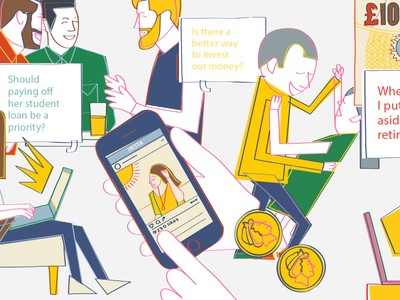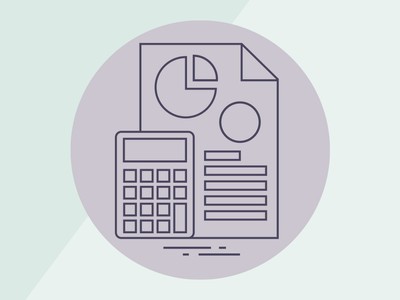There are three things that this piece will look to address; what is the yield curve, what do we mean by a yield curve inversion and what is the economic consequence of a yield curve inversion?
Imagine I run a business selling industrial components. I use a combination of debt and equity to finance the business and that debt is borrowed on different maturities. Debt maturing in two months is borrowed at a 2% rate. Because of increased uncertainty as to future economic growth, inflation and interest rates, debt maturing in five years is borrowed at a rate of 4%. And as a result of even more uncertainty, debt maturing in ten years’ time is borrowed at a rate of 7%. That describes a normal upward sloping yield curve.
Now imagine that lenders fear a recession in the immediate future. Whilst the long term outlook still appears okay, there is an expectation that my business is going to struggle to repay its two month debt and may even struggle to repay five year debt. Additional risk means lenders require additional return.
The resulting yield curve prices two month debt at 9%, 5 year debt at 8% but still ten year debt at 7%. The yield curve has inverted.
Much that you will read says that an inverted yield curve is a signal from the market that a recession is imminent. I’d go one step further and say that it may even be the cause of a recession. Two month debt typically funds short term cashflow, perhaps inventory or wages. Ten year debt would fund capital expansion, perhaps a new factory. That is to say that short term debt keeps the lights on but long term debt underpins future growth.
If lenders receive a greater rate of interest for short term debt, there will be a greater incentive to loan money short and little incentive to loan long. That could lay the foundations for a near term recession by starving companies of long term growth funding.



